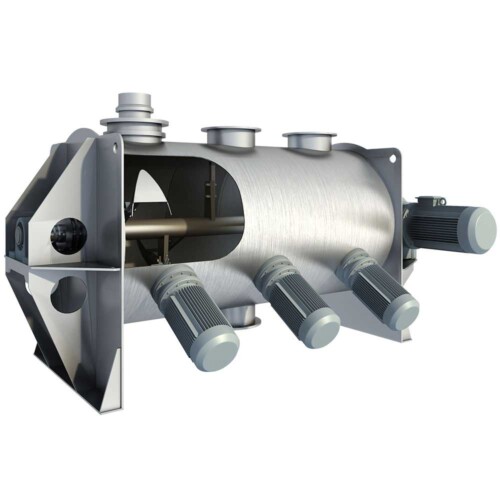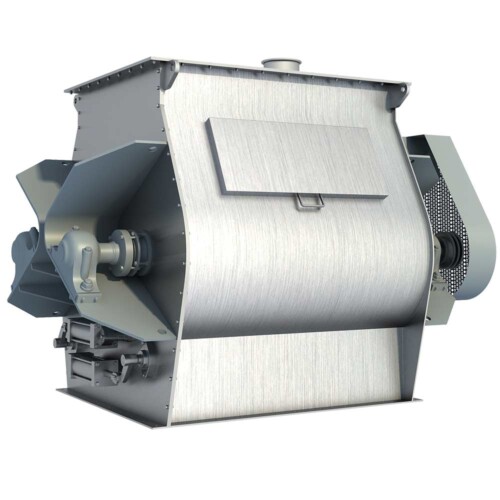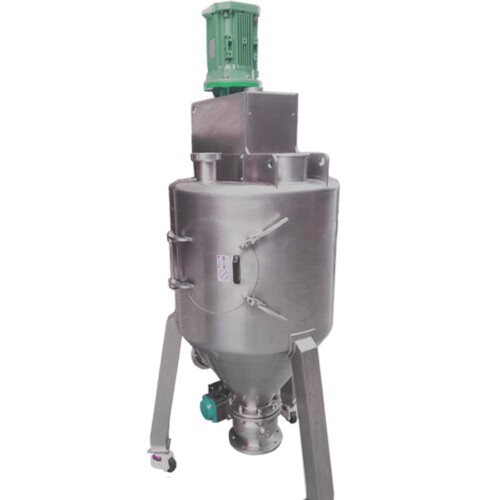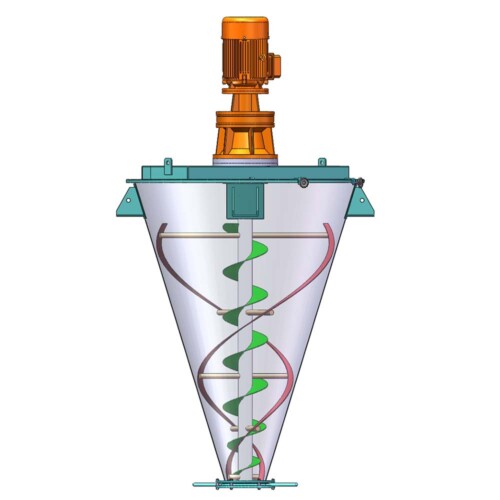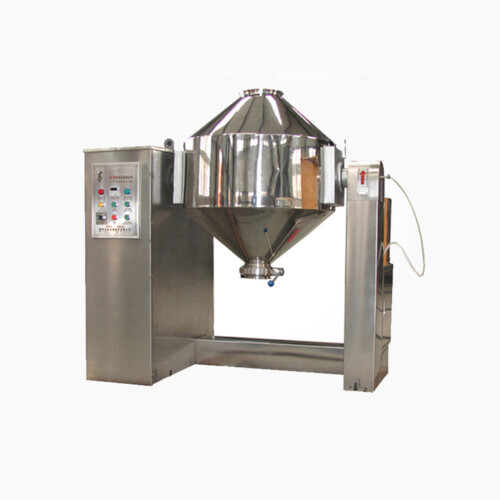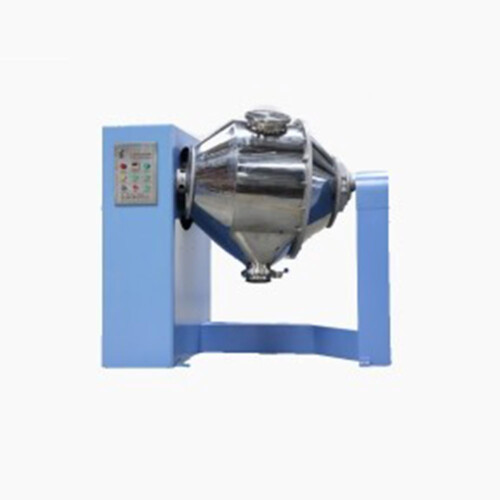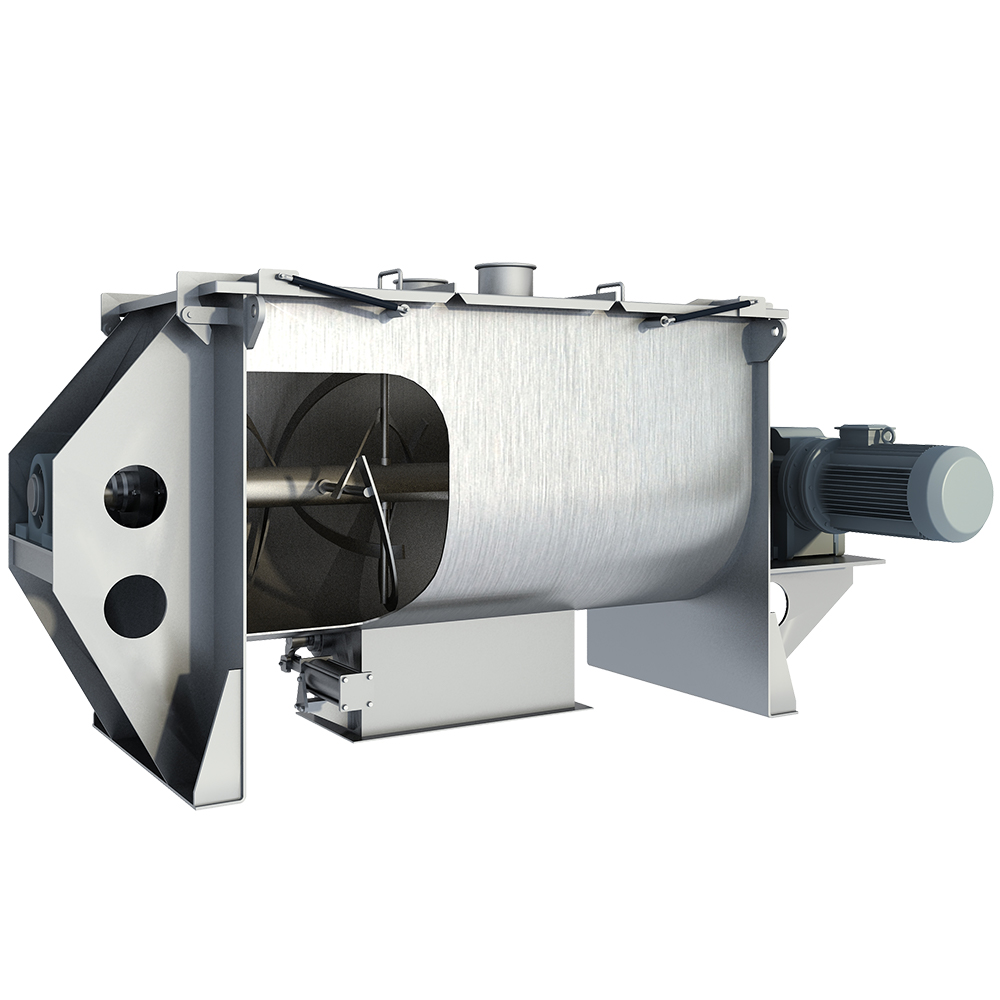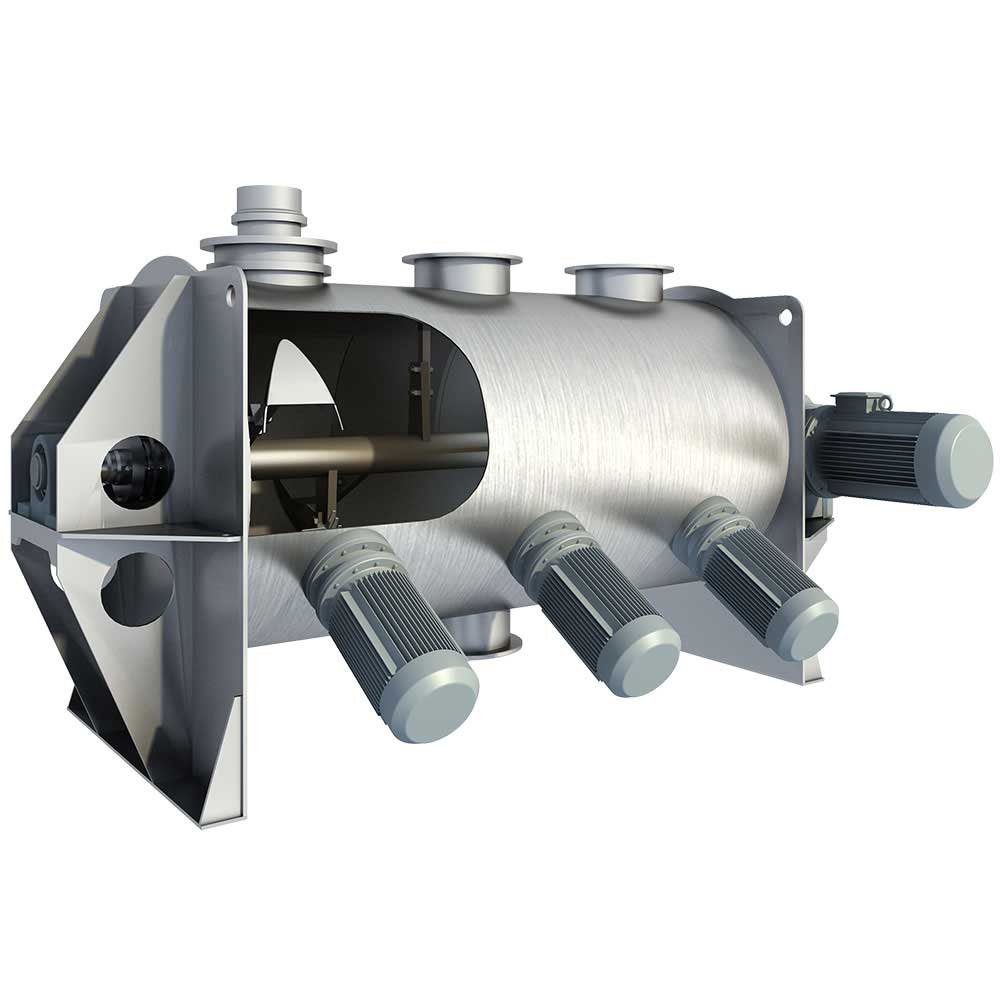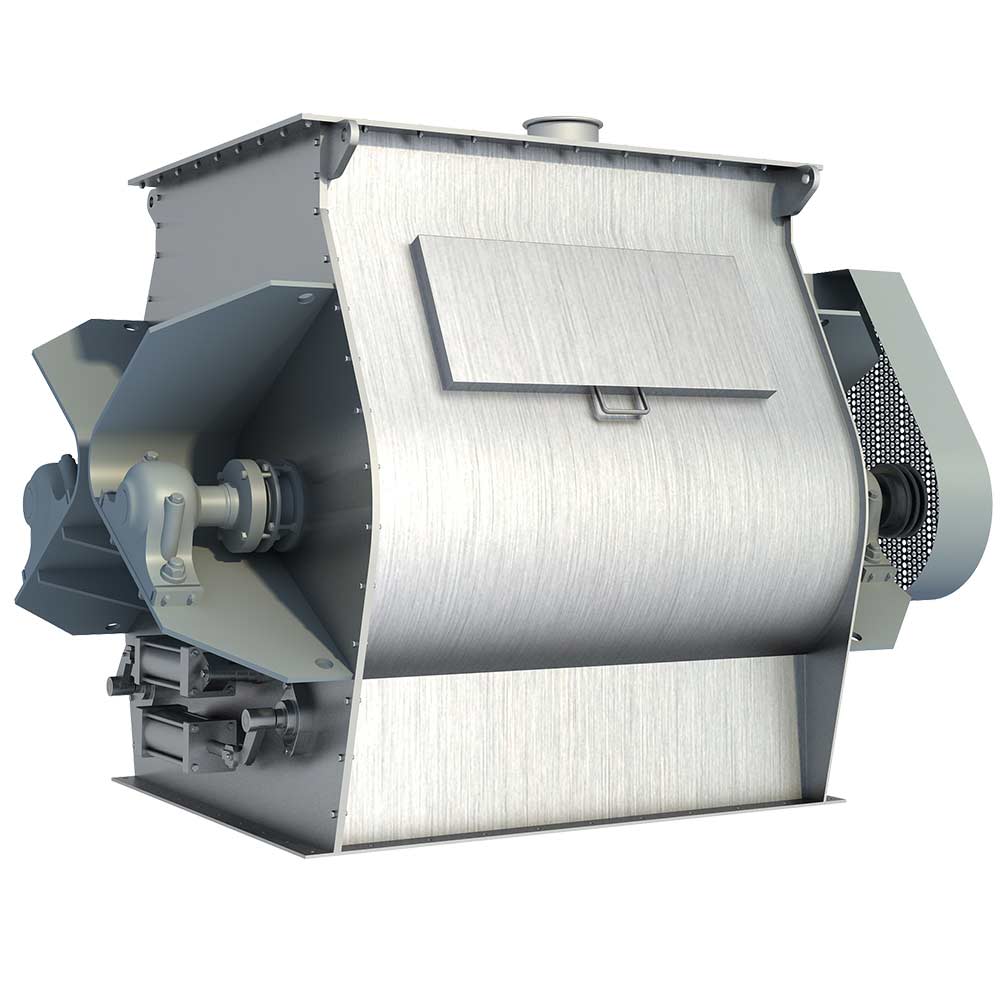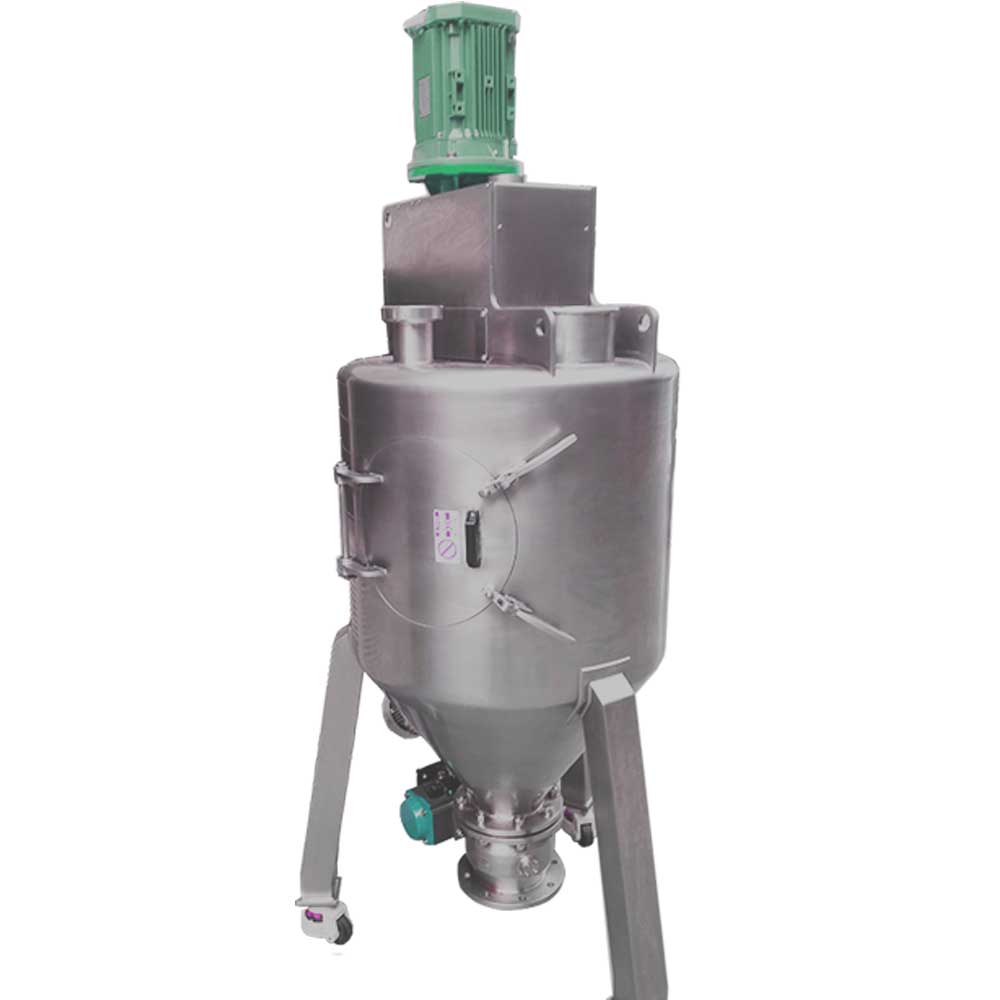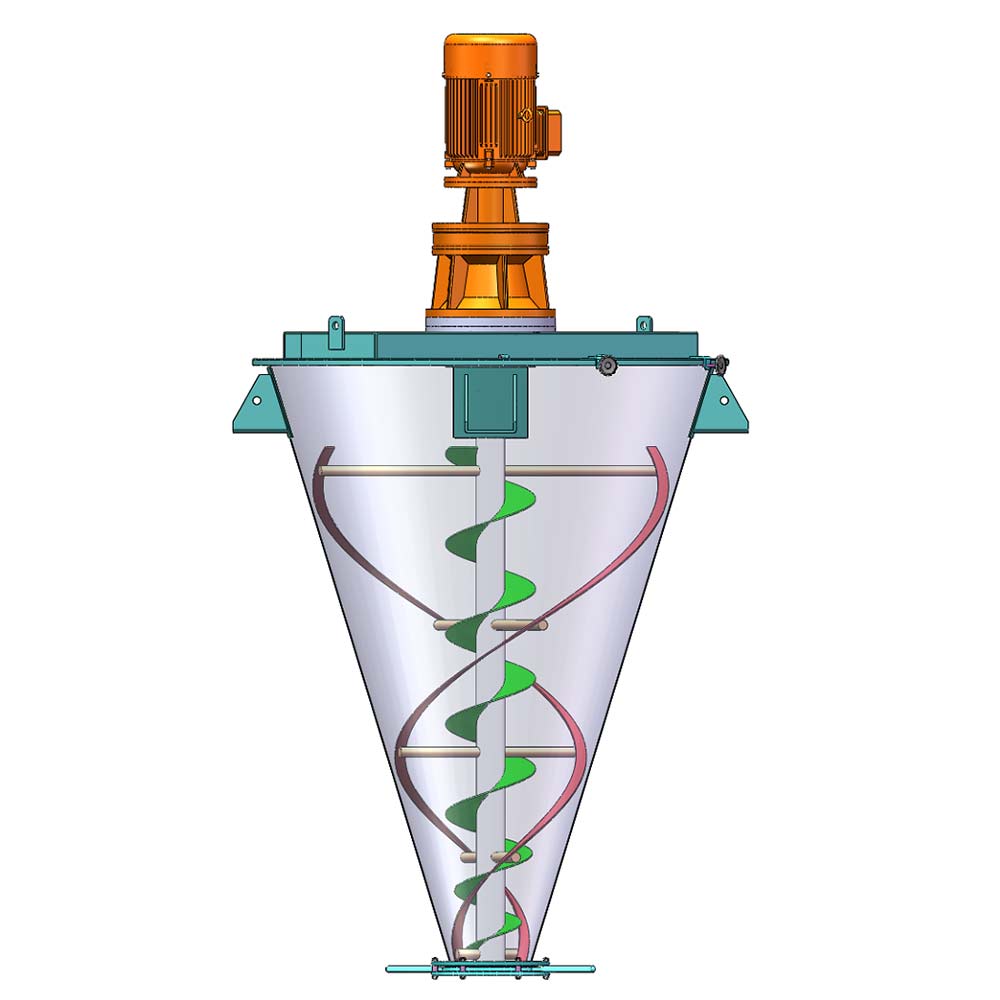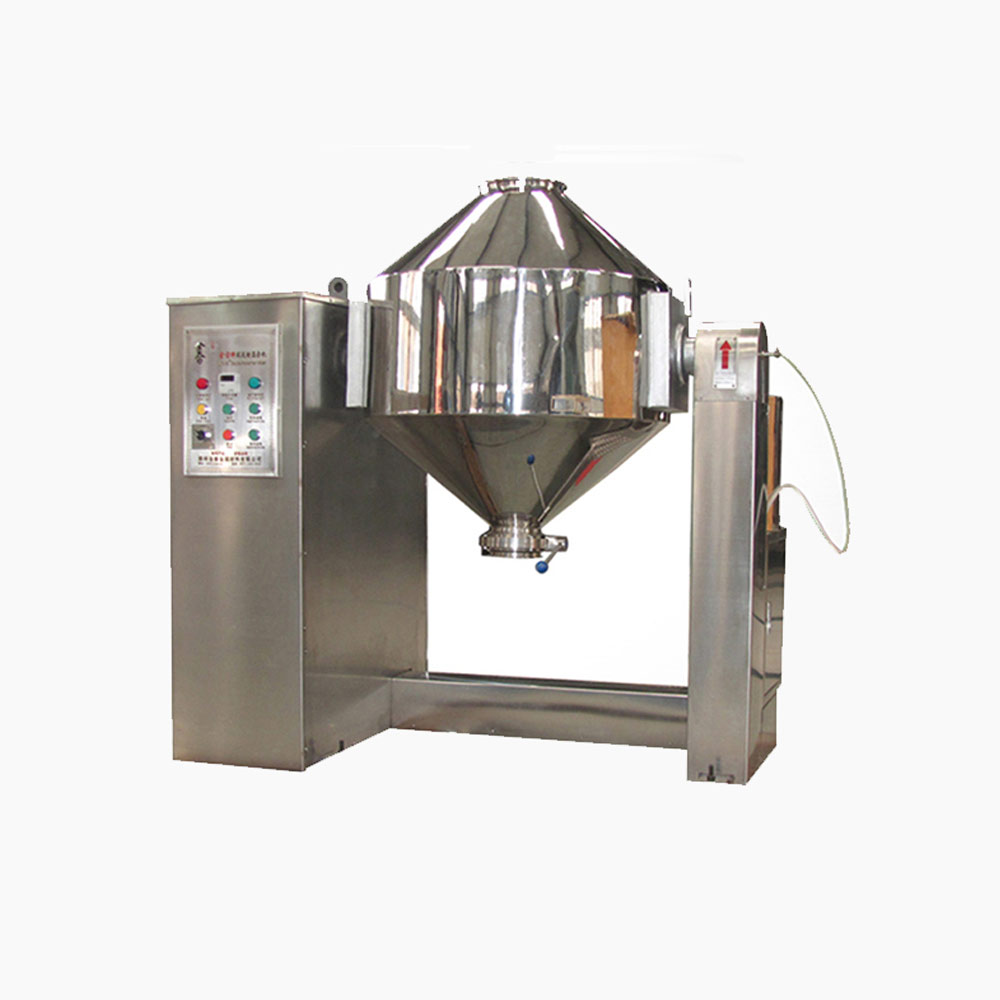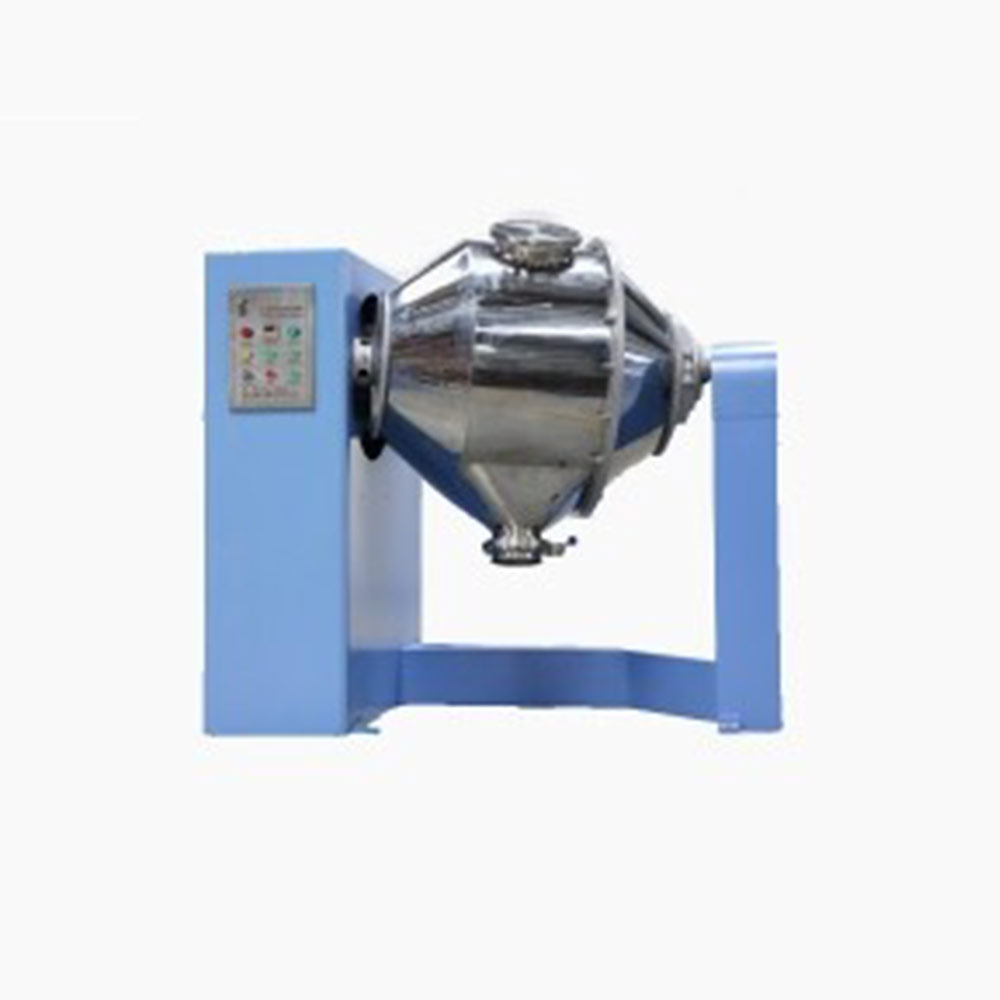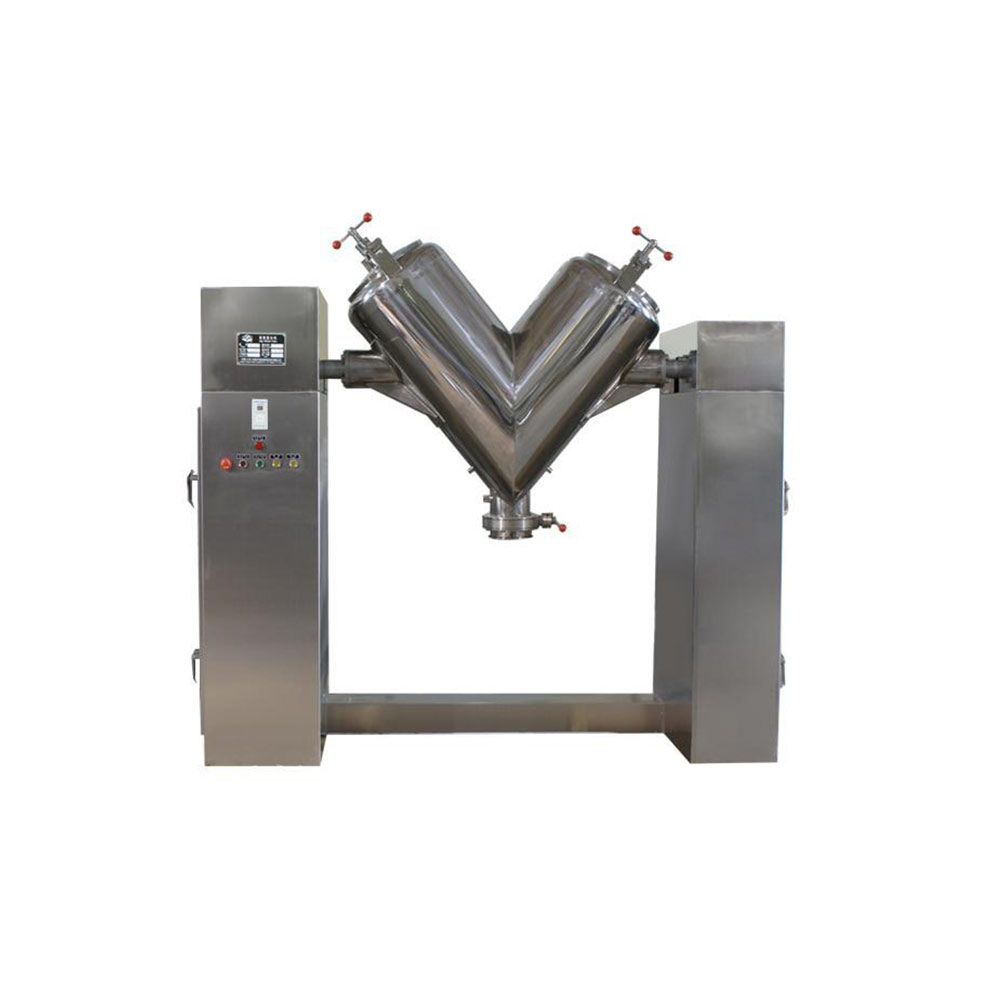Ask An Expert
Frequently Asked Questions
Yes, We can supply simple stand alone panels or automated PLC controlled systems. We normally install and test all controls on our mixers before they are shipped.
Yes, we normally test the mixers before they are shipped and mark out the wire need to connect on the control box.
We manufacture specialty mixing equipment for powder & bulk materials. Included are ribbon blender, plough mixer, conical screw mixer, twin shaft paddle mixer, V blender, double cone blender and other auxiliary equipment such as screw conveyor, quantitive auger filler.
We sell across the world, our cusotmers distribute 5 continents.
Share Us With Your Network
How to get uniform mixing with master batch
Bulk material handling is a complicated process because there any many ingredients need to be mixed in one mixer but those ingredients include some minor or micro ingredient proportion like 0.5% or even less. Mixing these ingredients uniformly throughout the batch is no simple matter because if those micro ingredients can not be mixed uniformly, it can influence on final product quality. Using master batch called premix can greatly improve your product by increasing production, reducing ingredient handling, reducing worker exposure to ingredients and providing more uniform mixture quality from batch to batch.
Mixture Components:
Our engineer made relative research on different types of ingredients. In a batch, major ingredients constitute about 80% or more of total product. Minor ingredient makes up 5% or less and micro ingredient constitutes less than 1%. However, minor and micro ingredients are critical to the final product. For example, in a dry bakery mix, some manufacturer will add some vitamins or improver into flour. In an aspirin batch, the active ingredient acetylsalicylic acid is micro ingredient. In building material, the pigment is critical part in the final product.
In addition, the minor and micro ingredients typically cost much more than main ingredient. Uniformly mixing these ingredients can save money because you won’t need to add extra micro ingredient to make up for poor ingredient in the batch.
Choosing a Mixer:
Different ingredient characteristics shall need different mixer types with various agitators and operating principles. As for minor and micro ingredients, tumbling blender with high speed shearing works better. For example, plough shear mixer is best choice for micro ingredient and easy agglomerate ingredient. However, ribbon mixer or paddle mixer can also be used to mix the minor and micro ingredient depends on ingredient characteristics. There are following features need to be considered before choosing mixer.
- Chemical Stability
- Solubility
- Particle Size
- Porosity

When customer choosing a mixer for adding liquid ingredient, we should pay more careful to this matter because some powder ingredient will get stick and lumps after liquid spraying. The mixer should fluidize and spray the liquid in the form of tiny droplets to keep the batch dry and free flowing. A plough shear mixer is the most suitable one to mix this kind of product. There are several sets choppers to break agglomerates and lumps which will also be helpful to mix. Furthermore, the high speed plough shovel shaft will also make product in form of fluidizing action. Whirling, three-dimensional product movement makes output material with very high homogeneity within short mixing time. A twin shafts paddle mixer is also be used for micro ingredient and dispersion bar can be installed on the top to break lumps.
Mixing Specification
To minimize the mixing deviation caused by different operators, customer shall develop an exact mixing specification. The specification includes the order of ingredients added and mixing speed. For example, you need to add main ingredients before adding micro and minor ingredient. The micro ingredient should be the last order because if you add minor and micro ingredients first, they will stick to the mixer wall. If you add liquid ingredient fast, it can form spot and lumps.
Besides adding order, mixing speed is another issue. We suggest start the mixer in very low speed during feeding and then adjust to fast speed after feeding because it can make material always flowing to get homogeneity.

How to use master mixing to get uniform mixing
For some typical special product, one mixer can not get homogeneity mixing. For instance, If customer want to add 0.1% ingredient into 90% main ingredient, one mixer might be difficult to get well mixing. So, in the master batch, the minor and micro ingredients are mixed with a small amount of carrier, then the master batch is added to the production batch for final mixing. In 2010, a UK bread improver customer wanted to add 0.1% vitamins into main ingredient. They need 500kg/batch capacity but vitamin is only 0.5kg. In order to get the best mixing homogeneity, Vortex engineer recommend customer to buy a 100L small plough mixer to mix vitamin with main ingredient. Then, the customer also bought a 2000L ribbon mixer to put premix product into final mixing product. At last, we helped the customer solve the problem of bad mixing homogeneity for using only one mixer. Moreover, it takes more than 30 minutes if use only one mixer and can not get good result yet. However, it only takes 5 minutes for small mixer and 15 minutes for big mixer which saves 10 minutes to get good mixing homogeneity.

Ask An Expert


